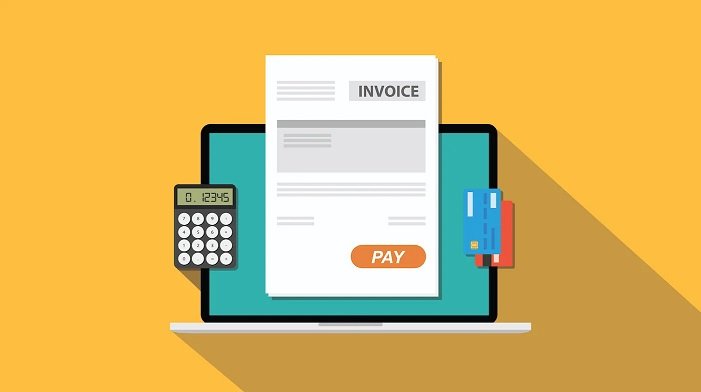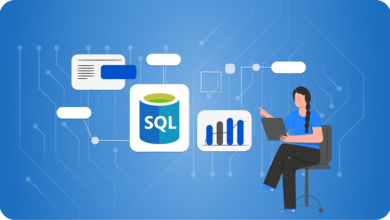Payment Applications To Invoices: What you need to know?

Integrating payment applications with invoices streamlines the billing process and improves financial management. Here’s how you can effectively connect payment apps with your invoicing system and the benefits of doing so.
What Are Payment Applications?
Payment applications are digital tools that allow businesses and individuals to send, receive, and manage payments. They include popular services like PayPal, Stripe, Square, and Apple Pay. These applications often offer features like secure transactions, automated payments, and integration with other financial tools.
Know more about: Commercial Lease Building Standard.
Why Integrate Payment Applications with Invoices?
- Streamlined Payments: Integrating payment apps with invoices simplifies the payment process for your clients. They can pay directly from the invoice, reducing friction and speeding up payment times.
- Automated Reconciliation: Payment integration helps automate the reconciliation process. Payments are automatically matched with the corresponding invoices, reducing manual errors and saving time.
- Improved Cash Flow: Faster payment processing means improved cash flow. Clients can pay via their preferred payment method, which can lead to quicker settlement of invoices.
- Enhanced Record-Keeping: Integration ensures that payment details and invoice records are automatically updated. This helps maintain accurate financial records and simplifies reporting.
How to Integrate Payment Applications with Invoices
- Choose Compatible Tools: Ensure that your invoicing software and payment application are compatible. Many invoicing platforms offer built-in integrations with popular payment apps.
- Set Up Integration: Follow the setup instructions provided by both the invoicing software and payment application. This usually involves connecting the two systems through an API (Application Programming Interface) or through an integration service.
- Invoicing Software: Popular invoicing tools like QuickBooks, FreshBooks, and Xero offer integration with various payment applications. Check their documentation for specific instructions.
- Payment Applications: Payment platforms like PayPal and Stripe provide integration guides to connect with various invoicing systems.
- Configure Payment Options: Once integrated, configure payment options on your invoices. This typically includes adding payment links, buttons, or QR codes that direct clients to the payment application.
- Test the Integration: Before going live, test the integration to ensure that payments are processed correctly and that invoices are updated as expected. Run a few transactions to verify everything works smoothly.
- Monitor and Adjust: After the integration is live, monitor the performance and address any issues that arise. Regularly review the system to ensure it meets your needs and make adjustments as necessary.
Tips for Successful Integration
- Security: Ensure that both your invoicing software and payment application adhere to security standards to protect financial data.
- Customer Experience: Make the payment process as seamless as possible for your clients. Offer multiple payment options and provide clear instructions on how to pay.
- Support: Choose tools that offer good customer support in case you encounter issues during integration.
- Cost: Be aware of any fees associated with payment applications and how they might impact your bottom line. Some platforms charge transaction fees or monthly fees for their services.
Conclusion
Integrating payment applications with invoices can greatly enhance your billing process, improve cash flow, and simplify financial management. By choosing compatible tools, setting up the integration properly, and continuously monitoring the system, you can create a more efficient and effective invoicing process. Whether you’re a small business owner or managing finances for a large organization, this integration is a valuable step toward optimizing your payment operations.




